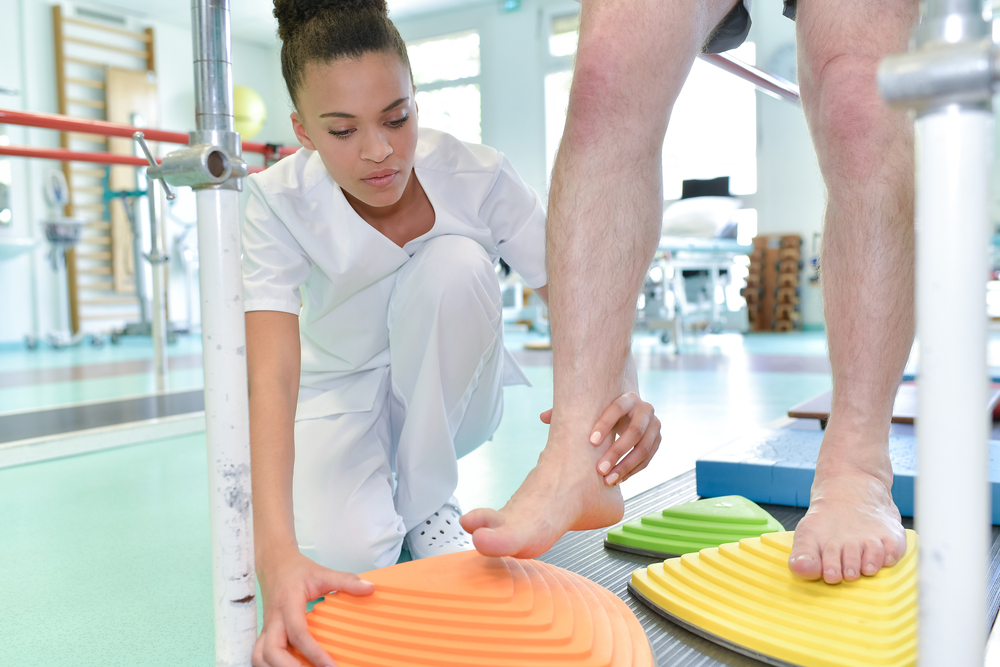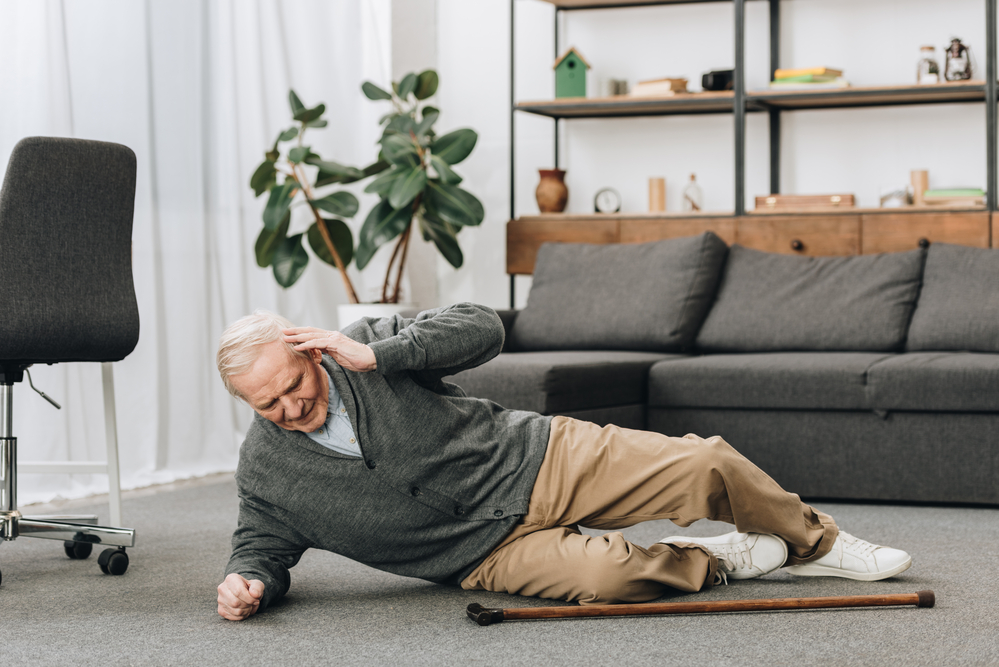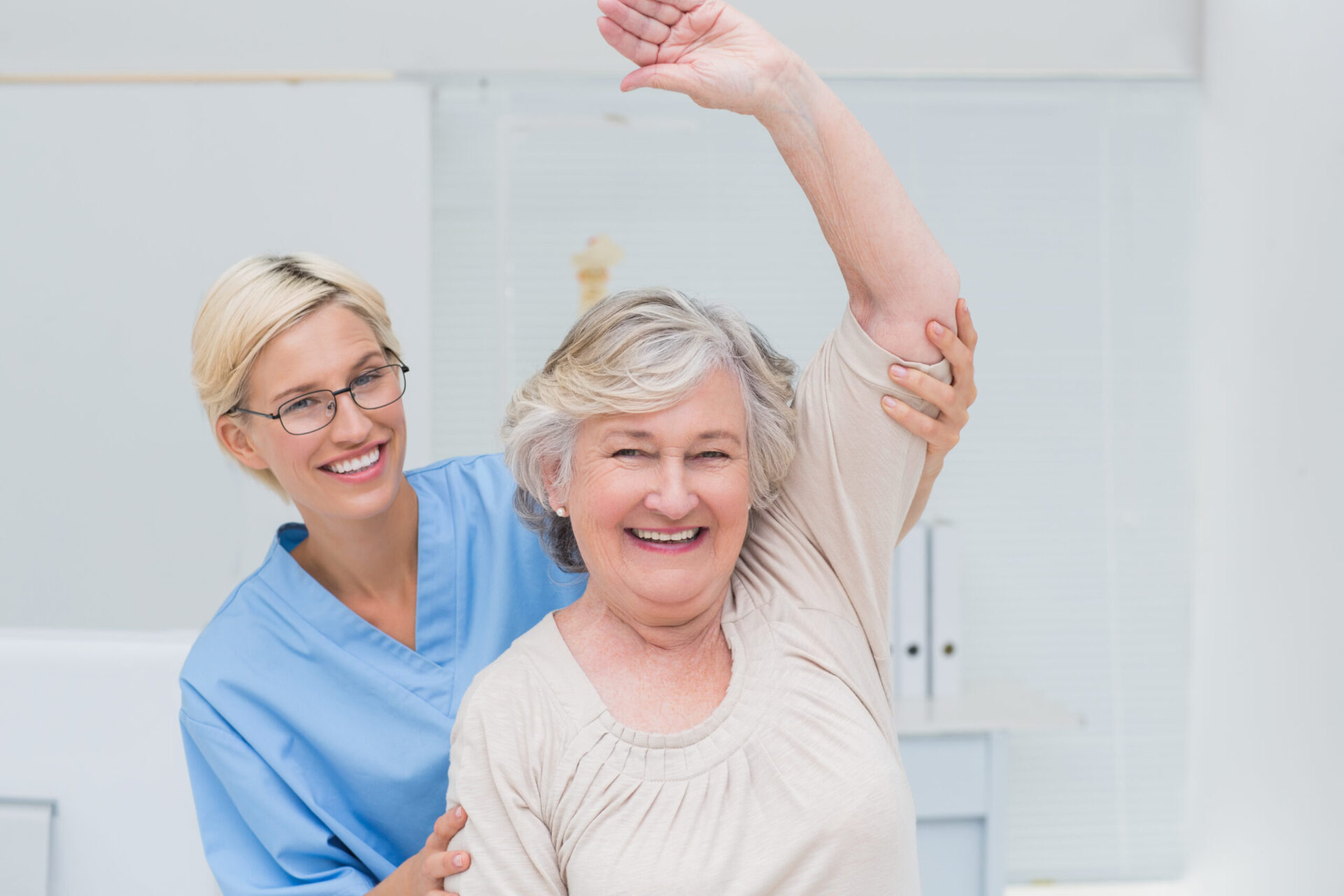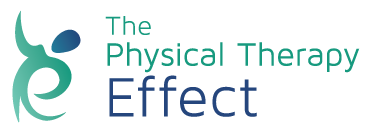Focused, One-on-One Physical Therapy Treatment
Gait Training
Improve Balance. Walk With Ease.
Gait training, or walking therapy, can help those who have sustained an injury or individuals with a medical condition that affects their balance. By practicing different repetitions of motion in the joints of the lower extremities, the mind-body connection of nervous systems can improve. If you are having trouble walking, ask a physical therapist for a balance review and consultation.

What Is Gait Training?
Gait training is the term used by physical therapists for walking therapy. This training involves stepping exercises that let patients practice lifting their feet, moving around their feet, or stepping on their feet in various directions.
When people have tension or weakness in their legs, it may be difficult to walk in a straight line or even walk at all. The goal of gait therapy is to retrain patients on how to safely walk and stand on their own.
How Does Gait Training Start?
Gait training starts with an evaluation from a physical therapist to understand what abnormalities need to be addressed. Once a therapist can see the strengths and weaknesses of a patient’s walking ability, they can pinpoint which exercises will be the most functional.
How Does Gait Training Work?
Gait training works by patients walking on a treadmill or practicing other standing and walking routines. Some patients may wear a harness on the treadmill for more stability in the early stages of rehabilitation, but some may not need a harness if they are in the later stages of healing. Gait training also uses balance practices such as leg lifts, stepping over hurdles, or sitting and standing repeatedly.

What Are the Benefits of Gait Training?
The primary benefit of gait training is that it reduces the risk of falling and injury. Not having the ability to walk on your own or balance throughout the day can make everyday tasks more difficult. Gait training can also give patients a sense of reassurance and confidence that they can continue walking on their own. Other benefits that have been observed by patients are:
Who Could Benefit From Gait Training?
All people regardless of health status could benefit from balance and walking exercises. However, some groups may particularly benefit from the training such as:
What Are the Types of Gait Training Exercises?
Depending on someone’s health evaluation, a physical therapist may try one or more types of gait training exercises.
Side Stepping
Side-stepping is an alteration exercise that helps the body move side-to-side instead of walking straight forward. It ensures people have optimal balance capability to move in all directions. Side-stepping follows a routine of lifting the leg and placing the side, back and forth until a patient’s balance improves.
Retro Walking
To improve coordination, a physical therapist may have a patient walk backward, otherwise known as retro walking. Retro walking should start by slowly walking backward and progressively adding speed as a patient gets more comfortable. This gait exercise challenges the neuromuscular system and improves stride length and walking speed.
Obstacle Training
Obstacle gait training follows a series of repetitions. People performing obstacle training will step or lift their legs over a series of small obstacles, usually in a way that challenges them with hurdles placed about 15 inches apart from one another. By stepping with one foot at a time over the hurdles, coordination can begin to improve.
Proprioception Single-Leg Stance Exercises
Proprioception is the connection that our nervous system has between our brain and our physical body, otherwise called muscle memory. Single-leg stance exercises are particularly popular for practicing the mind-muscle connection by standing on one leg with the eyes closed or standing with one leg on an unsteady surface.

What Can Cause Walking or Balance Disorders?
Some balance problems can come from environmental causes such as an injury. Other balance problems may be rooted in the serious progression of neurological conditions such as:
Our Treatment Method
Why Is Gait Training Important?
As we age, it is natural that our minds and muscles will lose strength. Regular balance and gait exercises can keep our minds nimble and our bodies active so we can continue to enjoy everyday activities with our loved ones. One step at a time, safe walking is possible with the support and supervision of a physical therapist.












